Greed (Eric von Stronheim, 1924)
It is easy to see why the discussion of this film is always surrounding the mutilation of hours and hours of footage that von Stronheim filmed and planned to include in the film's release, because even what is remaining is absolutely phenomenal. I can picture a vision akin to Griffith's Intolerance, using performance and imagery across different timelines and cutting between these to tell a powerful tale of evil. Whether it's the sweltering image of the sun shining, or the intense anger radiating from the face of Gibson Gowland, there are so many terrific sequences that help to create a tale that's suspenseful and terrifying.
The Death of Stalin (Armando Iannucci, 2017)
The concept of combining humour with the story of the death of Stalin makes for some hilarious results with many laugh-out-loud moments but I felt that the film struggled to find a wholly convincing way to sustain its narrative for the duration of the film. Many of the jokes and actions repeat along the same lines, with the film never attempting any sort of ambition in the way it is constructed or captured. Enjoyable, but nothing memorable.
Castle in the Sky (Hayao Miyazaki, 1986)
An enjoyable Miyazaki film, with an entertaining story but I did find it to be a little long and overwrought, without some of the subtly and insightful world analysis contained within some of the director's best works.
Sense and Sensibility (Ang Lee, 1995)
This literary adaptation feels successful in many ways as it manages to keep the story clear and concise, with some enjoyable performances from the likes of Kate Winslet and Alan Rickman. Once again though I thought there was something missing, that there could have been more interesting cinematic ways of telling the story and conveying the depth of feeling and emotions. Everything felt quite straightforward and not overly compelling in its construction. Still, I thought it was decent enough.
A Countess from Hong Kong (Charlie Chaplin, 1967)
One of Charlie Chaplin's final films, this combines all sorts of elements that we love about the director with slapstick performances from Brando and Loren. It's an incredibly warm film with lots of clever scenes, with Chaplin using the sets almost as a character in which characters move in and out to great comedic effect. I have heard that people don't like Brando in this film and he's certainly more awkward than someone like Cary Grant would have been, but I don't think it's a complete failure and in fact, makes the film more interesting and even biographical in the way his character sets up an impenetrable barrier for himself that makes communication with others difficult. The whole thing felt like a weird mixture of different times, part silent cinema, part later Hollywood rom-com. Chaplin is always able to create feelings of real human happiness and sadness, and the ending of this film is for me one of the purest and most perfect moments he has ever captured.
The Last of the Mohicans (Michael Mann, 1992)
I really like Michael Mann as a director, but some of his stunning visual compositions can not save this film from being a bit of a mess. It moves forward so incredibly quickly, with big set-pieces on top of each other, taking so many tonal shifts in the process. The speed in which everything unfolds and the seriousness of the characters made it difficult for me to become invested in the emotional drama which when combined with action sequences and the music felt very full-on. There's a good film in here and as I said, I enjoyed some of the photography, but the end result didn't work for me.
The Man in the White Suit (Alexander Mackendrick, 1951)
An enjoyable Ealing comedy that looks at the story of a young chemist who invents a suit that can last forever without damage. The plot takes a look at the roles of labour and capital, without becoming too didactic, taking an affectionate look at the working-class environment and people of Britain. It has some funny moments, some warm characters and relationships and the plot itself is interesting enough to make this an enjoyable but not spectacular film. I felt similarly about The Ladykillers and The Lavender Hill Mob.
It is easy to see why the discussion of this film is always surrounding the mutilation of hours and hours of footage that von Stronheim filmed and planned to include in the film's release, because even what is remaining is absolutely phenomenal. I can picture a vision akin to Griffith's Intolerance, using performance and imagery across different timelines and cutting between these to tell a powerful tale of evil. Whether it's the sweltering image of the sun shining, or the intense anger radiating from the face of Gibson Gowland, there are so many terrific sequences that help to create a tale that's suspenseful and terrifying.
The Death of Stalin (Armando Iannucci, 2017)
The concept of combining humour with the story of the death of Stalin makes for some hilarious results with many laugh-out-loud moments but I felt that the film struggled to find a wholly convincing way to sustain its narrative for the duration of the film. Many of the jokes and actions repeat along the same lines, with the film never attempting any sort of ambition in the way it is constructed or captured. Enjoyable, but nothing memorable.
Castle in the Sky (Hayao Miyazaki, 1986)
An enjoyable Miyazaki film, with an entertaining story but I did find it to be a little long and overwrought, without some of the subtly and insightful world analysis contained within some of the director's best works.
Sense and Sensibility (Ang Lee, 1995)
This literary adaptation feels successful in many ways as it manages to keep the story clear and concise, with some enjoyable performances from the likes of Kate Winslet and Alan Rickman. Once again though I thought there was something missing, that there could have been more interesting cinematic ways of telling the story and conveying the depth of feeling and emotions. Everything felt quite straightforward and not overly compelling in its construction. Still, I thought it was decent enough.
A Countess from Hong Kong (Charlie Chaplin, 1967)
One of Charlie Chaplin's final films, this combines all sorts of elements that we love about the director with slapstick performances from Brando and Loren. It's an incredibly warm film with lots of clever scenes, with Chaplin using the sets almost as a character in which characters move in and out to great comedic effect. I have heard that people don't like Brando in this film and he's certainly more awkward than someone like Cary Grant would have been, but I don't think it's a complete failure and in fact, makes the film more interesting and even biographical in the way his character sets up an impenetrable barrier for himself that makes communication with others difficult. The whole thing felt like a weird mixture of different times, part silent cinema, part later Hollywood rom-com. Chaplin is always able to create feelings of real human happiness and sadness, and the ending of this film is for me one of the purest and most perfect moments he has ever captured.
The Last of the Mohicans (Michael Mann, 1992)
I really like Michael Mann as a director, but some of his stunning visual compositions can not save this film from being a bit of a mess. It moves forward so incredibly quickly, with big set-pieces on top of each other, taking so many tonal shifts in the process. The speed in which everything unfolds and the seriousness of the characters made it difficult for me to become invested in the emotional drama which when combined with action sequences and the music felt very full-on. There's a good film in here and as I said, I enjoyed some of the photography, but the end result didn't work for me.
The Man in the White Suit (Alexander Mackendrick, 1951)
An enjoyable Ealing comedy that looks at the story of a young chemist who invents a suit that can last forever without damage. The plot takes a look at the roles of labour and capital, without becoming too didactic, taking an affectionate look at the working-class environment and people of Britain. It has some funny moments, some warm characters and relationships and the plot itself is interesting enough to make this an enjoyable but not spectacular film. I felt similarly about The Ladykillers and The Lavender Hill Mob.
__________________
Support my feature-length film project - Kickstarter

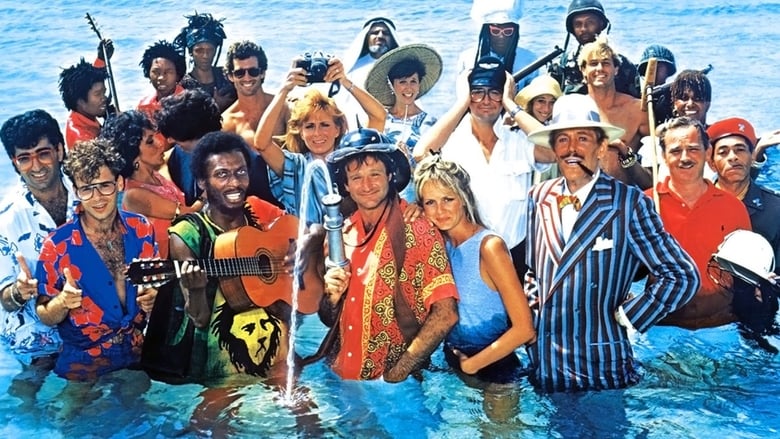
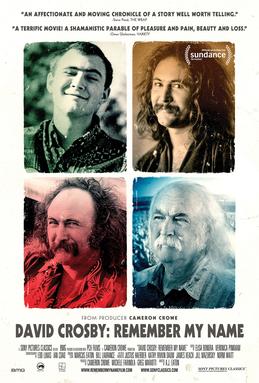

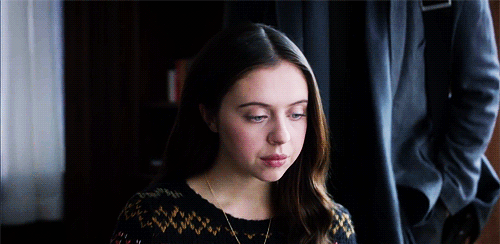


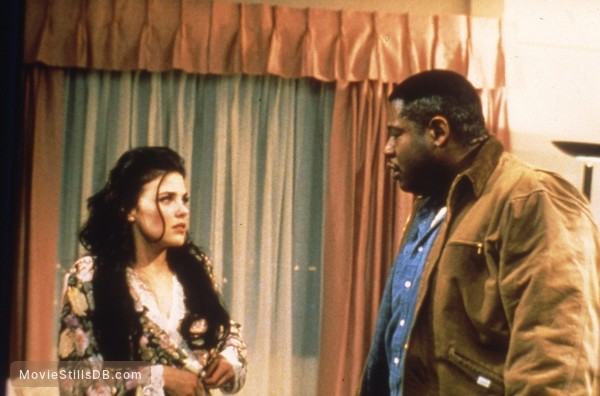



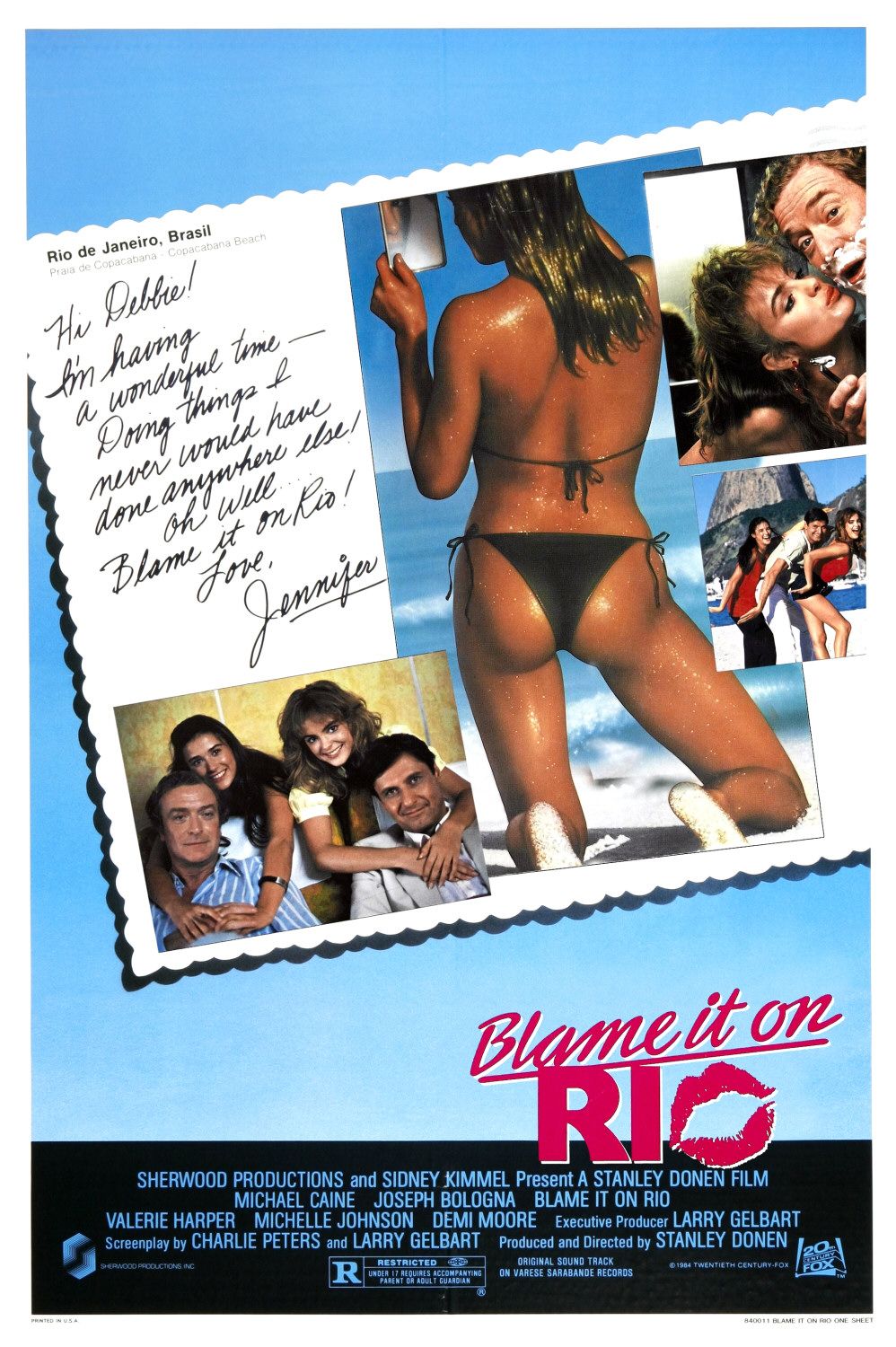
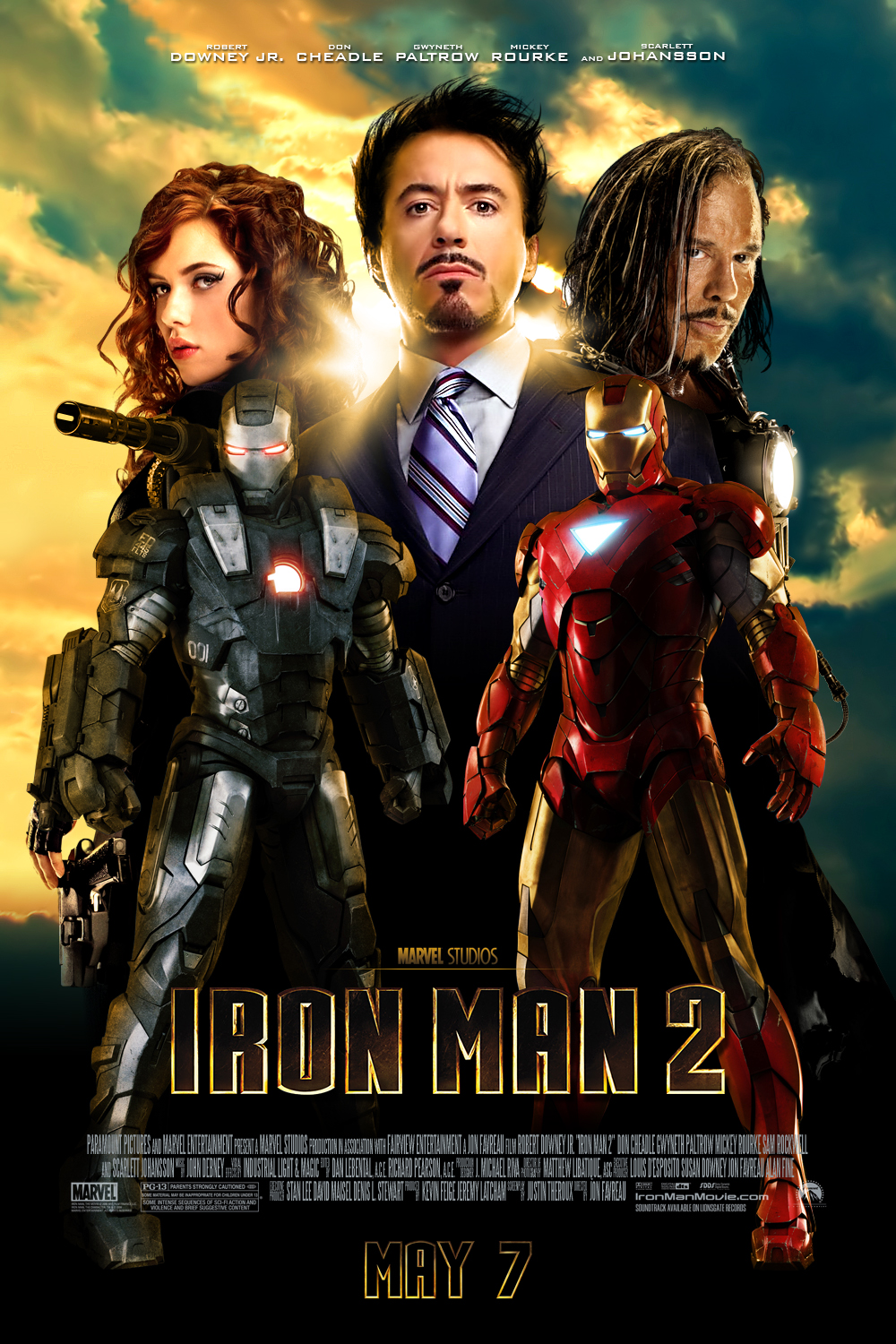



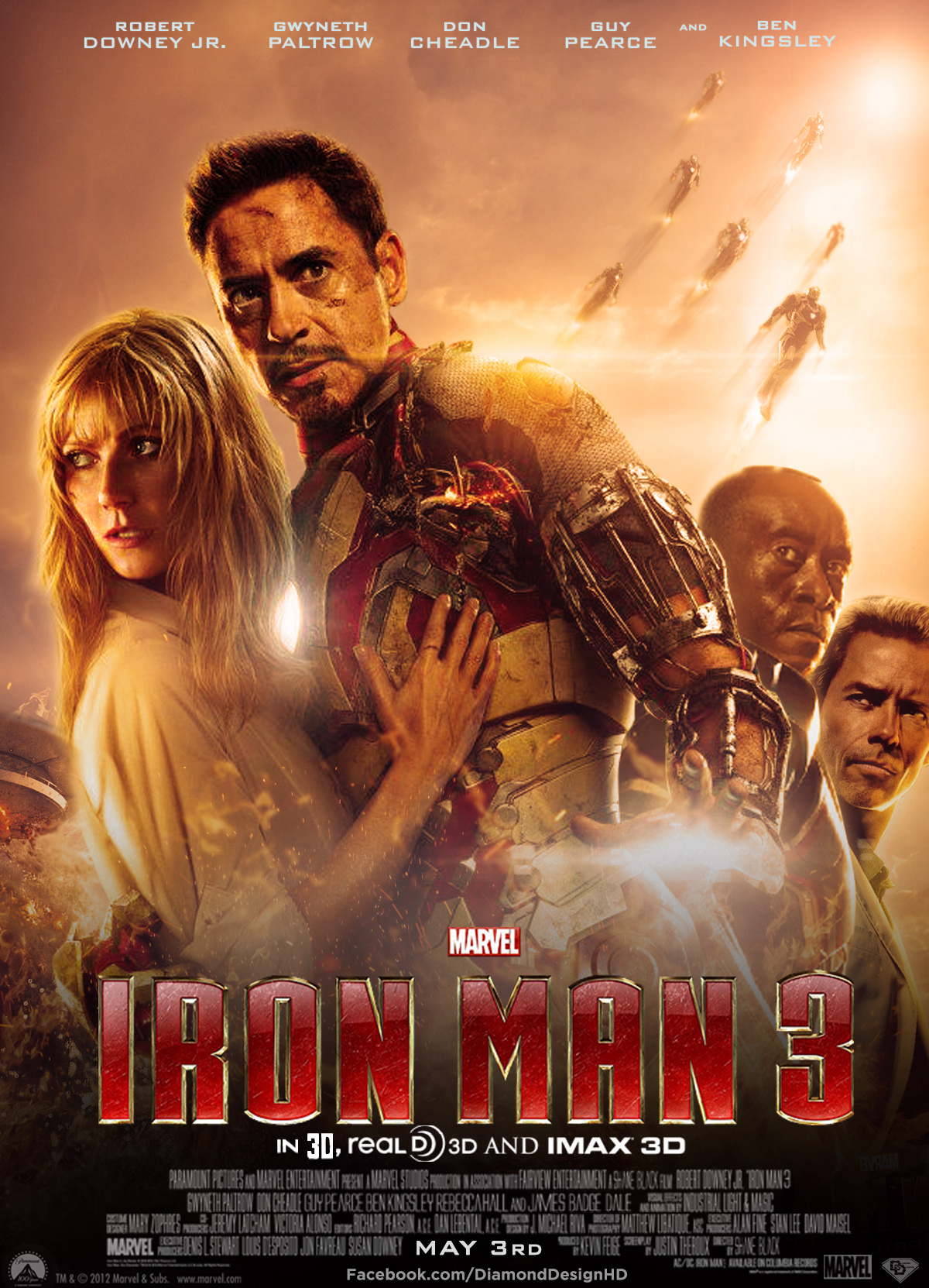



 ), isn't that correct?
), isn't that correct?